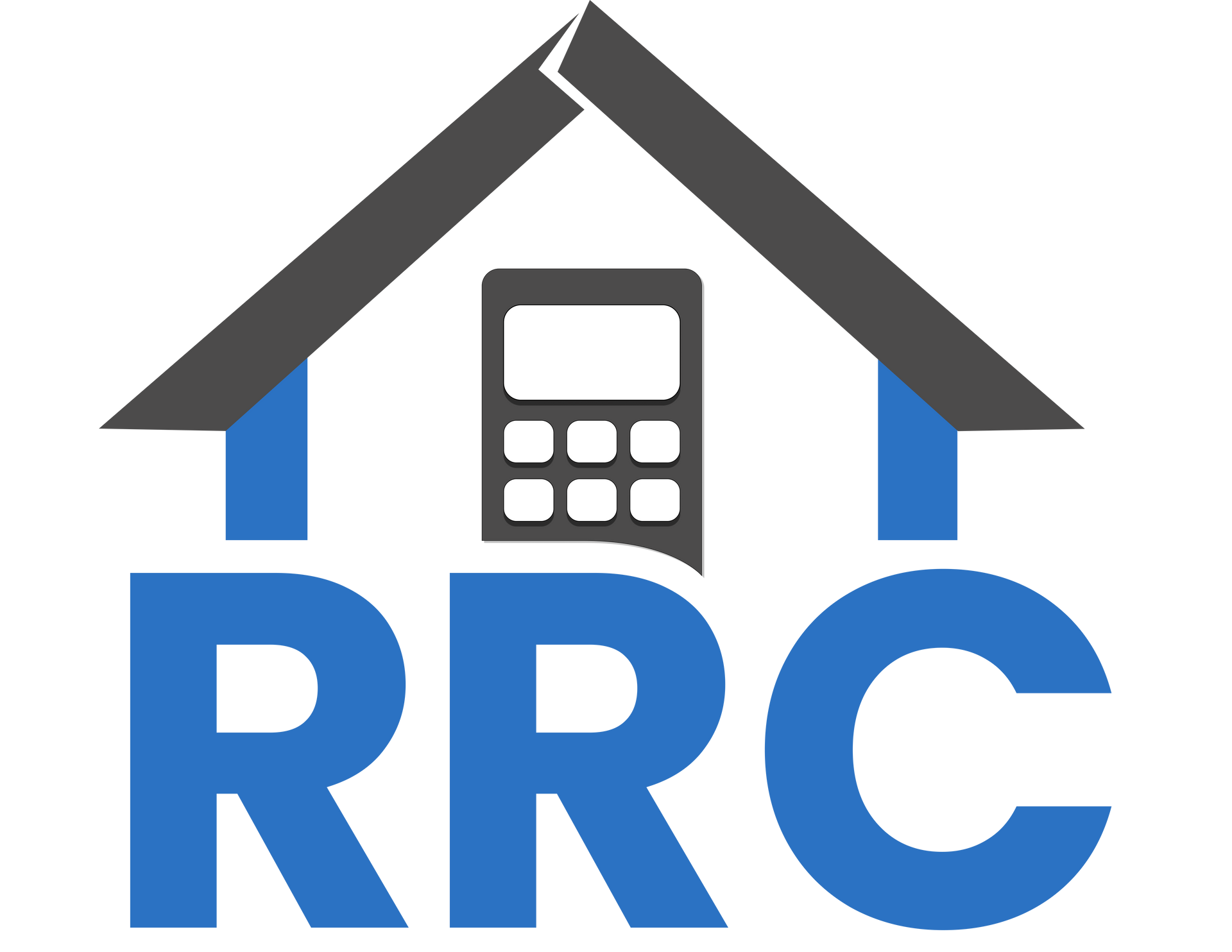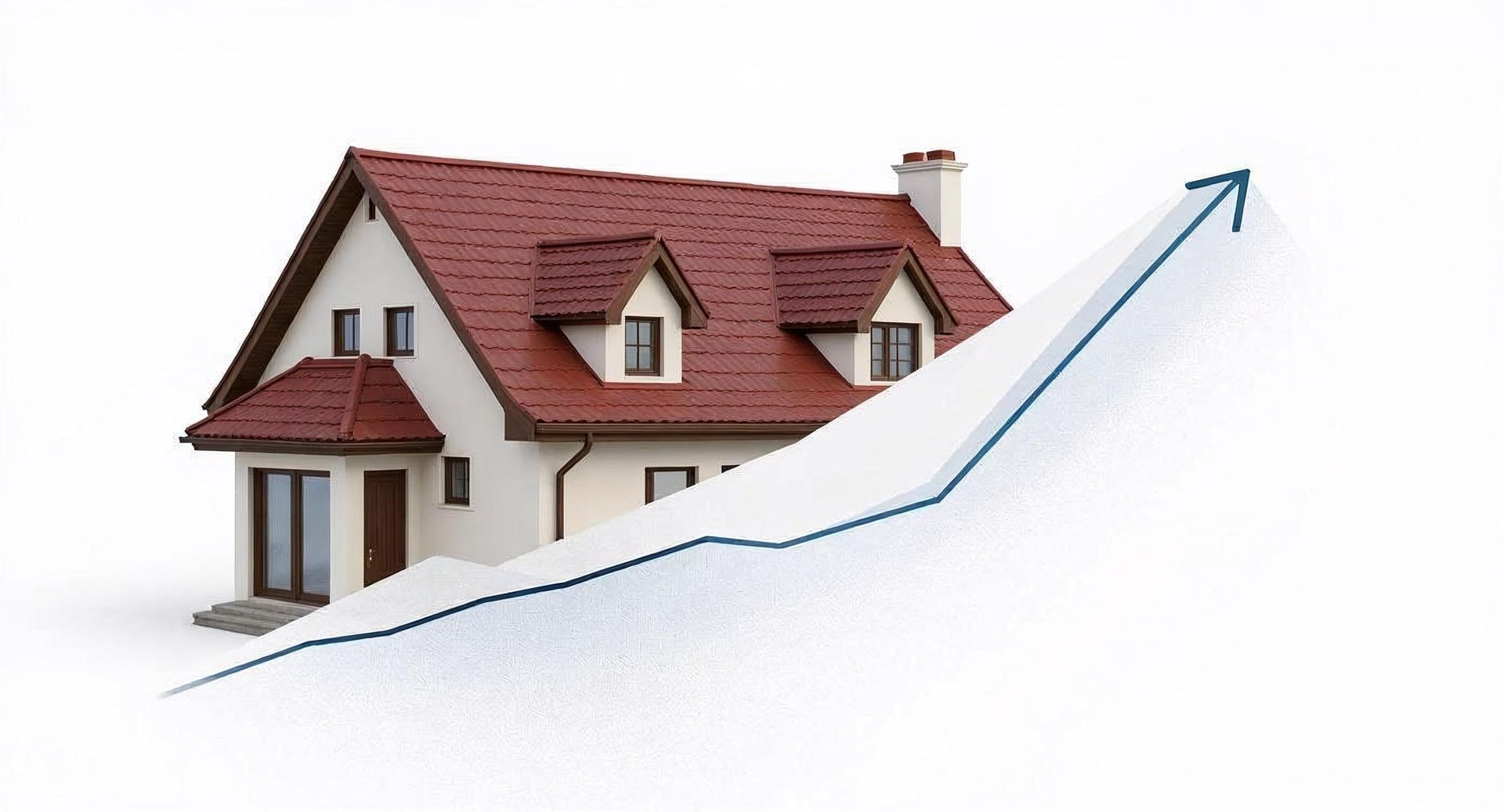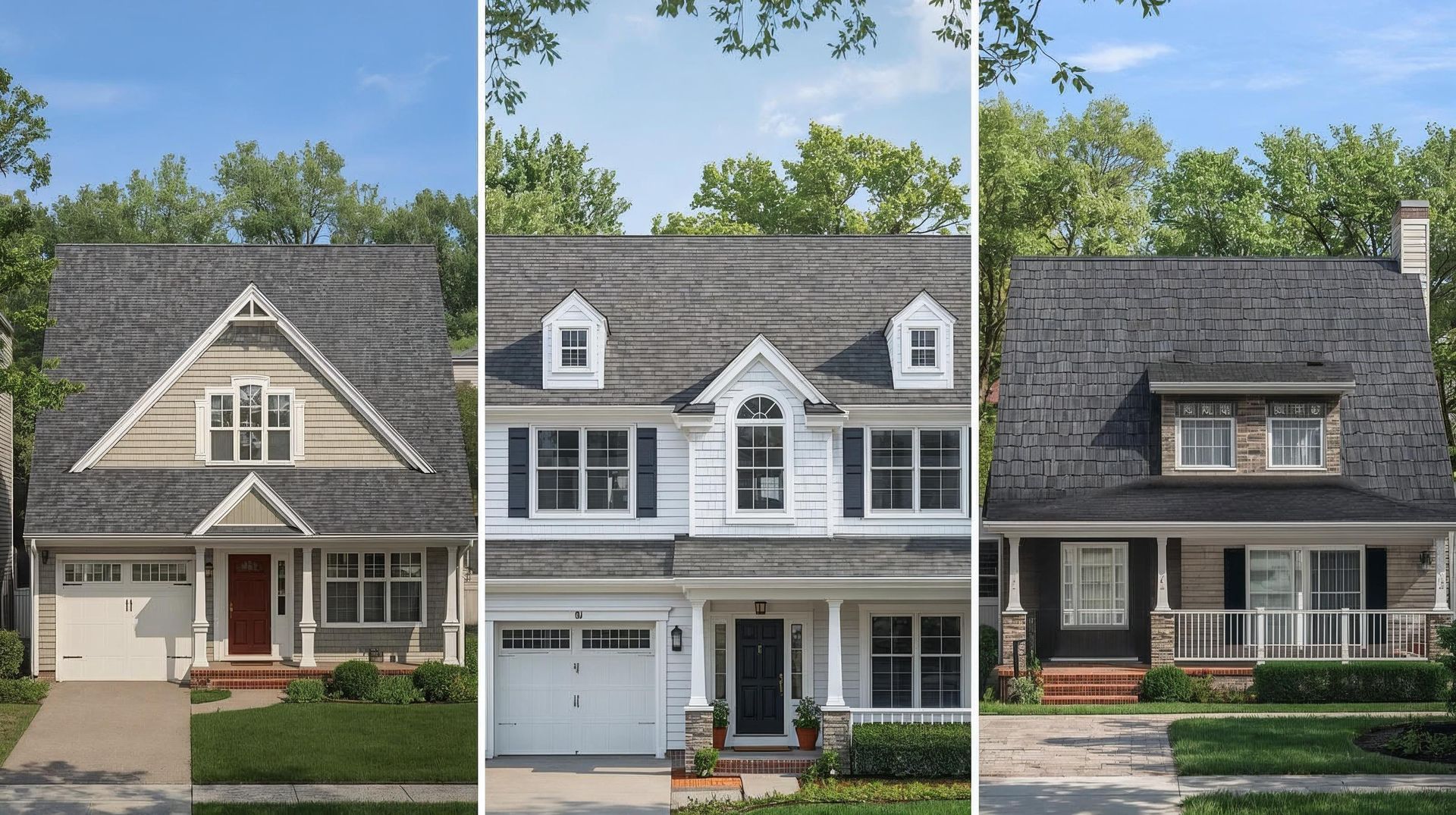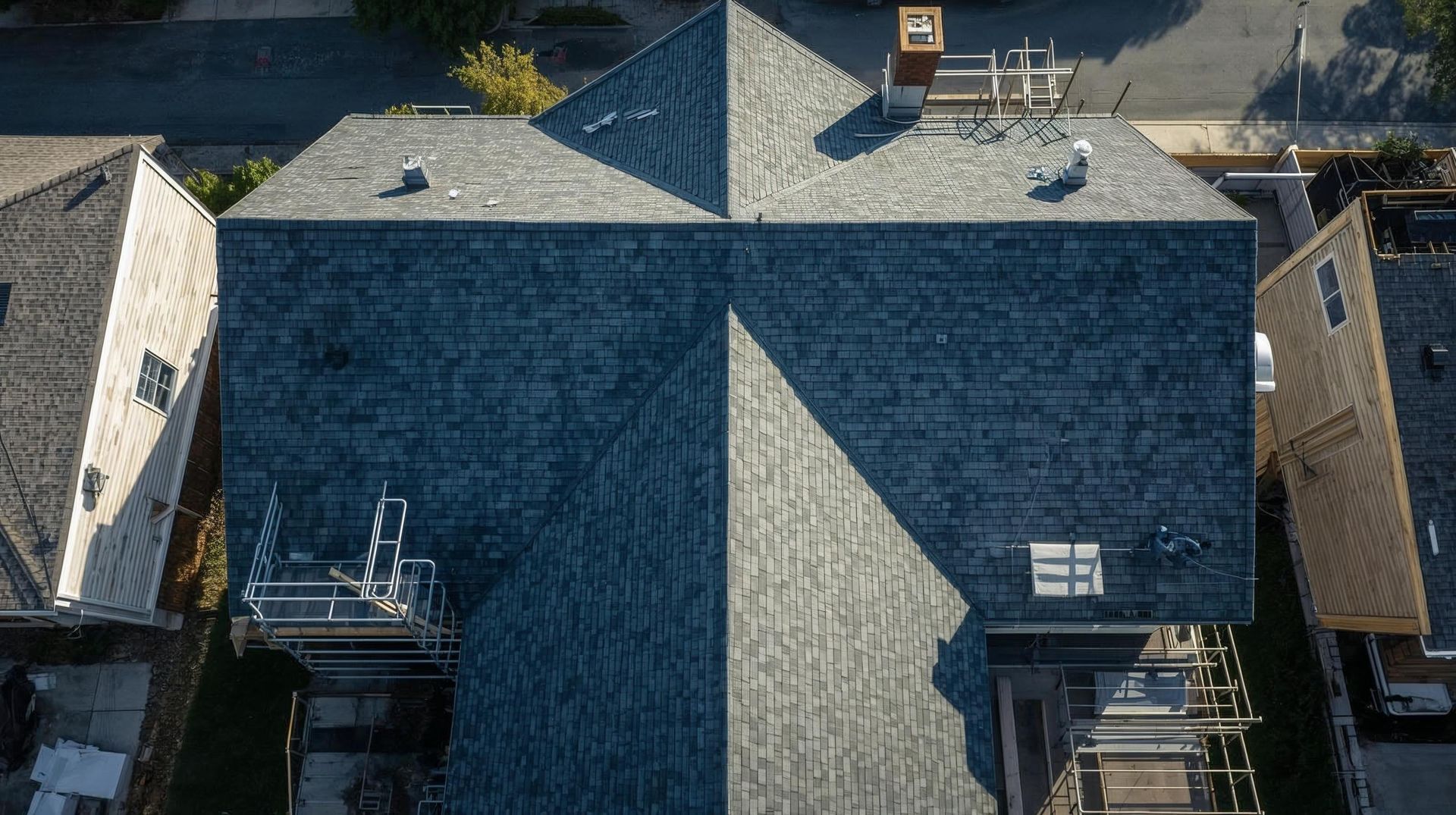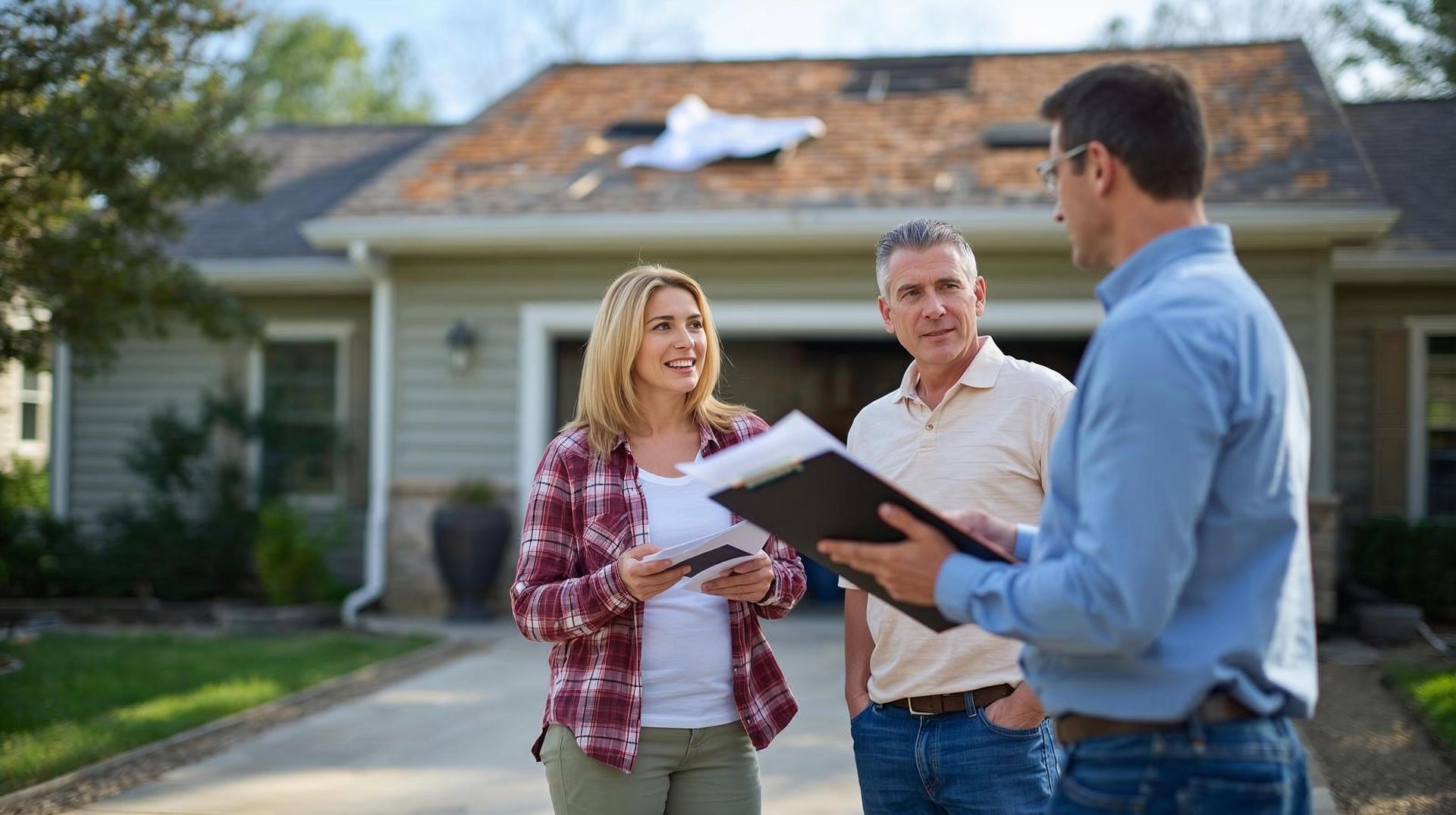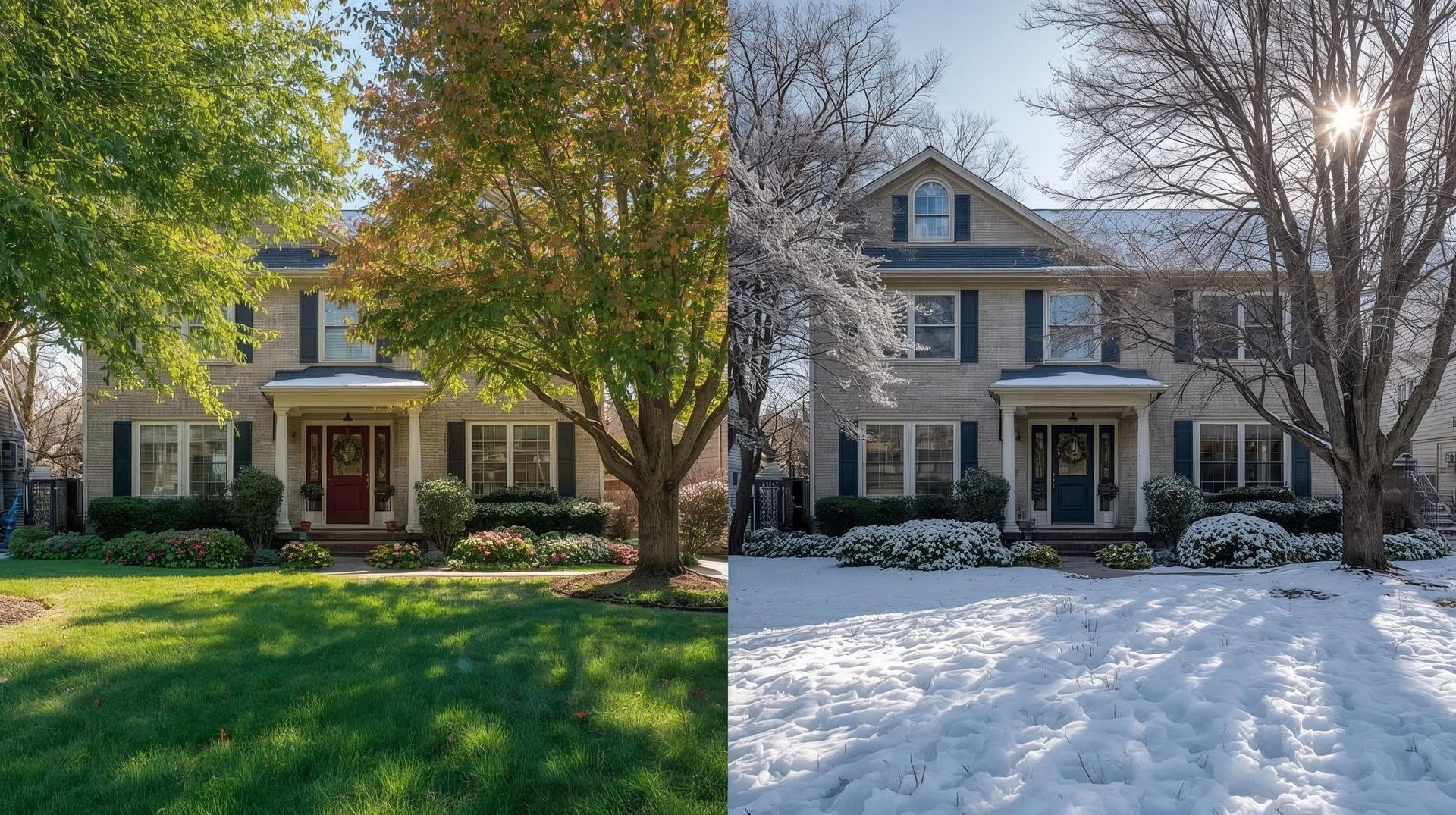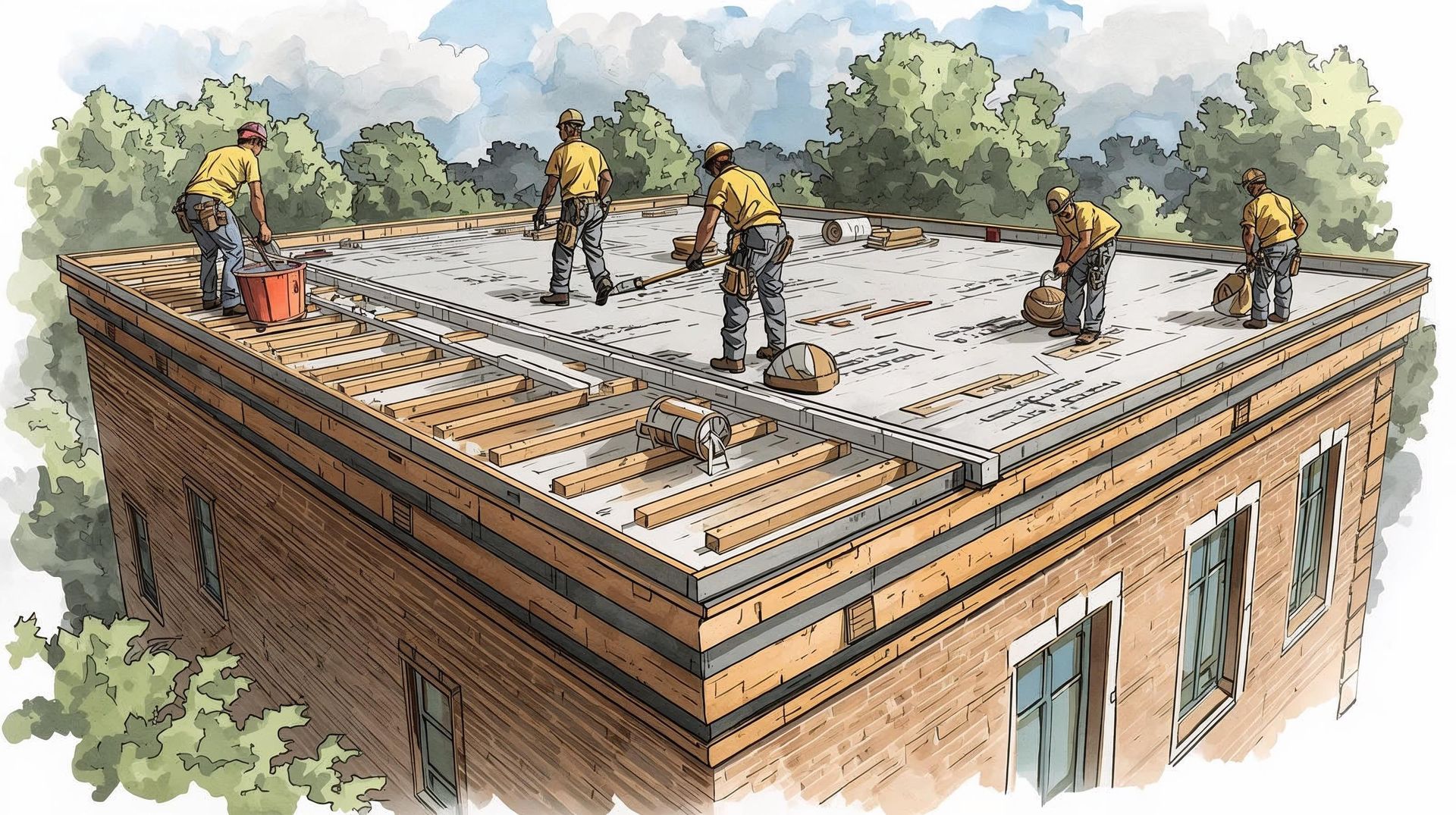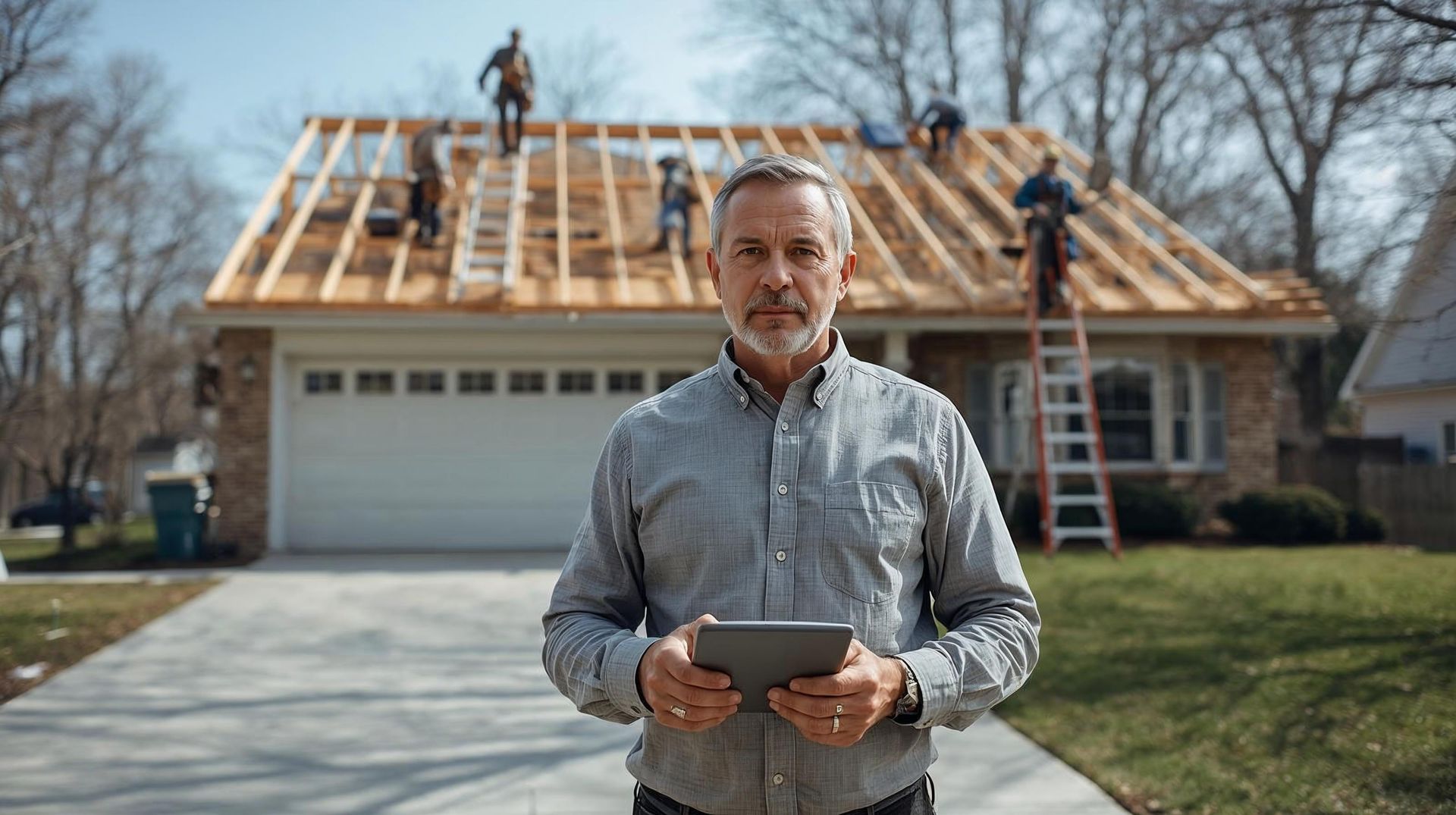Hidden Costs of Roof Replacement: What to Budget For Beyond the Estimate
- Roof replacement costs will typically exceed the initial estimate.
- Structural damage, permits, dump charges, and labor are common hidden costs.
- Roofing material, roof size, and roof deck condition all have an impact on the overall cost.
- New building codes and safety concerns could require extra materials or specialty equipment.
- A good roofing contractor can help homeowners avoid costly surprises.
What Homeowners Should Know About Roof Replacement Expenses
Many homeowners start planning a roof replacement by looking only at the first estimate. What often gets overlooked are the unexpected charges that come once the work begins. Whether it is a full roof replacement or a partial roof replacement, extra expenses can show up if the contractor finds roof damage that needs immediate attention.
Even an entire roof that appears good on the outside could contain issues inside. Maintenance prevents surprises, but understanding what can cause costs to escalate will ensure that the process goes more smoothly and is less costly to your finances.
What Is Most Commonly Included in a Roof Replacement Estimate?
When you ask most roofers to give an initial estimate, this is what they most commonly include:
- Roofing materials like asphalt shingles, underlayment, and flashing.
- The labor costs of the roofing contractor and his crew.
- A standard roofing warranty by the manufacturer or contractor.
- Basic cleanup of easily visible debris.
Sounds great on paper, but tends to omit a lot of detail that will add to the overall cost.
Common Hidden Costs Homeowners Often Miss
The following are some typical hidden costs that catch many homeowners off guard:
- Structural repairs – Rotten wood, sagging beams, or a damaged roof deck require repairs before the new installation can continue.
2. Permits and inspection fees – Required by most cities and not generally included in the estimate.
3. Dumping fees – There may be waste shingles, nails, and other old materials that must be taken out.
4. Additional materials – Additional flashing, vents, or underlayment may be needed.
5. Additional labor – High-pitched roofs, skylights, chimneys, or unexpected roofing issues can add to the time.
How Roof Size and Complexity Impact Hidden Costs
The square footage of your roof has a significant impact on the cost of replacement. The larger the roof, the more materials and the more labor expense. But size is not the only factor.
- A roof with several levels, skylights, or chimneys requires additional labor.
- Steeper pitches might need special equipment.
- Larger roofs translate to greater disposal fees for old materials.
These include additional expenses to the overall cost, even if they did not form part of your original quotation.
Seasonal and Weather-Related Expenses
It is a matter of timing that most homeowners realize. If you organize a roof replacement when it rains, laborers will have to use additional materials to shield your house from damage by water during the time the roof job is in progress. Replacements done during the winter season need specialized equipment to avoid safety issues.
Selecting the proper season not only reduces roof costs but also prevents unexpected problems with installation.
How Material Selection Affects Hidden Costs
Your roof material selection determines the final cost over time.
- Asphalt shingles are cheap but can require more repairs.
- Architectural shingles are expensive upfront, but are more aesthetically pleasing and longer-lasting.
- Metal or tile roofing is more costly to replace, but it can minimize future roof repair.
Premium new materials are more expensive today, but they lengthen the life of the roof and minimize future concealed expenses. Some of them also have longer warranties against material failure.
Before mapping out your new roof, test our free roof replacement cost calculator to gain the whole picture.
The Cost of Unexpected Roof Repairs
After the old roof is removed, surprises tend to rear their heads.
- A neglected roof might be harboring mold, rotten wood, or structural issues.
- Pooling water or bare spots neglected can have caused hidden damage below.
- Small problems, such as nail pops, can add man-hours and additional costs.
A certified roofing contractor who conducts a thorough roof inspection before beginning can identify many of these issues early.
Why Hiring the Right Roofing Contractor Matters
Your cost is directly impacted by the workmanship of the roofing contractor. A poor job translates to expensive repairs down the road, while a professional roofer helps safeguard your valuable investment.
- Certified contractors know current building codes.
- They catch safety hazards and prevent errors that create additional damage.
- Labor warranty and workmanship warranty are usually included with most reputable roofers.
- An honest roofer saves you from surprise expenses and makes sure your new roof is of quality.
Permits and Local Regulations
Most roofing jobs require permits so that all aspects align with current building codes. Skipping this process can incur hidden fees later. For instance, if your house is checked when you attempt to sell, a lack of permits may reduce your property value or stall the sale. Permit fees vary from place to place, but typically range from $50 to $500.
Some roofer companies will do this step for you, which eliminates the hassle of going back and forth to your city building. Though it might seem like an added expense in the beginning, it's actually saving you money in the long term because it keeps you safe and prevents problems down the line.
Disposal, Cleanup, and Environmental Fees
When you install a new roof, the previous materials must first be taken out. That involves ripping off old shingles, nails, and underlayment. Most homeowners are not prepared for the cost of disposal, which can be an additional few hundred dollars to the total.
Some contractors reuse asphalt shingles, which reduces disposal expenses and is more environmentally friendly. There could be cleanup and haul-away fees that you should be aware of before the work starts, however. Have your contractor put those in the estimate so you don't have surprise fees later.
Cleanup does not only involve appearance. If unused materials remain exposed in your yard, they can lead to accidents or even destruction. A tidy and secure site is included in professional work.
Learn more in [Roof Installation Cost: Full Breakdown], where we cover every part of the cost, from materials to cleanup
Planning for the Lifetime Costs of a Roof
A roof is a big investment. Even after being installed, it needs attention to make it strong and secure. Consider it like keeping a car. If minor things are addressed immediately, the roof will last longer. Small issues such as missing shingles or small leaks, neglected, can become expensive repairs due to water damage.
Budgeting for inspections a few years at a time is effective on a budget because it keeps you from paying for costly emergencies. Warranties by manufacturers and contractors can also give you peace of mind. They guarantee new materials against defects and insulate you in case there are installation mistakes. Knowing what your warranty covers brings things into perspective and prepares you for life with a roof that will last for decades.
In the long term, roof maintenance reduces expenses considerably. Ongoing care, speedy repair of small problems, and foresight for future requirements make your house secure and cost-effective.
Tips on How to Avoid Surprise Costs
- Get multiple quotes from various roofing contractors.
- Request the breakup of all the labor charges and hidden fees from contractors.
- Obtain a roof inspection before signing the agreement.
- Verify who covers disposal charges and overtime work.
- Budget for unforeseen issues like structural damage or emergency repairs.
Potential Hidden Costs and Estimated Range
| Hidden Cost | Typical Range (USD) | Notes |
|---|---|---|
| Structural Repairs | $500–$3,000+ | Rotting wood, decking, trusses |
| Permits & Inspection | $50–$500 | Depends on city and building codes |
| Disposal Fees | $200–$700 | Old shingles and materials haul-away |
| Additional Materials | $100–$500+ | Flashing, vents, underlayment |
| Extra Labor | $200–$1,000 | Complex roofs or unforeseen issues |
Want to prepare even better? Read[How to Estimate Roof Replacement Costs Yourself] to avoid surprises and plan smarter.
Using Hidden Cost Insights With Roof Replacement Tools
Most homeowners will utilize a roof replacement cost calculator prior to embarking on a roofing job. Such calculators provide an estimate but hardly ever factor in overcharges such as disposal, permits, or additional labor.
To prevent surprise charges, always allocate 10–20 percent more than you need. That buffer allows you to deal with unexpected problems without anxiety.
Real Homeowner Examples
One homeowner in Texas planned to spend $12,000 on a complete roof replacement. After the roof deck was removed, contractors encountered rotting wood, and the job increased by $1,500.
In Illinois, a homeowner opted for architectural shingles for improved curb appeal and longer warranties. Although the cost of replacement was initially high, cooling bills fell 15 percent as a result of improved insulation.
Conclusion:
Re-roofing is one of the largest jobs you'll undertake as a homeowner, and the total cost always seems to exceed the first figure you come across on the estimate. There are hidden costs, repair bills that eat into your wallet, or even surcharge fees roofing contractors charge extra for, which can quickly mount up if you're not ready.
The silver lining is that by getting a reliable roofer who uses updated building codes and catching things early, you can avoid further loss and keep your roof replacement process on schedule. And don't forget, a roof is not just shingles; it's what keeps your home, your loved ones, and your home equity safe in the long term.
When you budget, ask questions, and plan ahead, you will avoid surprises. You will also make sure your new roof is not only cost-effective today but also worth every penny in the years to come.
Thinking about how to pay for your next project? Check out our guide on[Roof Financing Options for 2025: Loans, Insurance, and More] to see what works best for your budget.
What hidden costs should I expect when replacing a roof?
Hidden roof replacement costs often include structural repairs, permits, disposal fees, and additional labor that may not appear in the initial estimate.
Do I need a permit for roof replacement?
Yes, most cities require a roofing permit to comply with modern building codes, and the fees typically range from $50 to $500, depending on location.
How much can structural repairs add?
Structural roof repairs for rotting wood, mold, or water damage can add anywhere from $500 to over $3,000 to the total replacement cost.
Are disposal fees always included?
No, disposal fees are not always included in roofing estimates. Some contractors charge extra for removing and hauling away old materials.
Can better roofing materials reduce hidden costs?
Yes, investing in durable roofing materials like architectural shingles or metal can reduce the chances of costly repairs and extend the roof’s lifespan.
Does roof size affect cost?
Yes, the size of your roof directly affects replacement costs since larger roofs require more materials, labor, and disposal.
